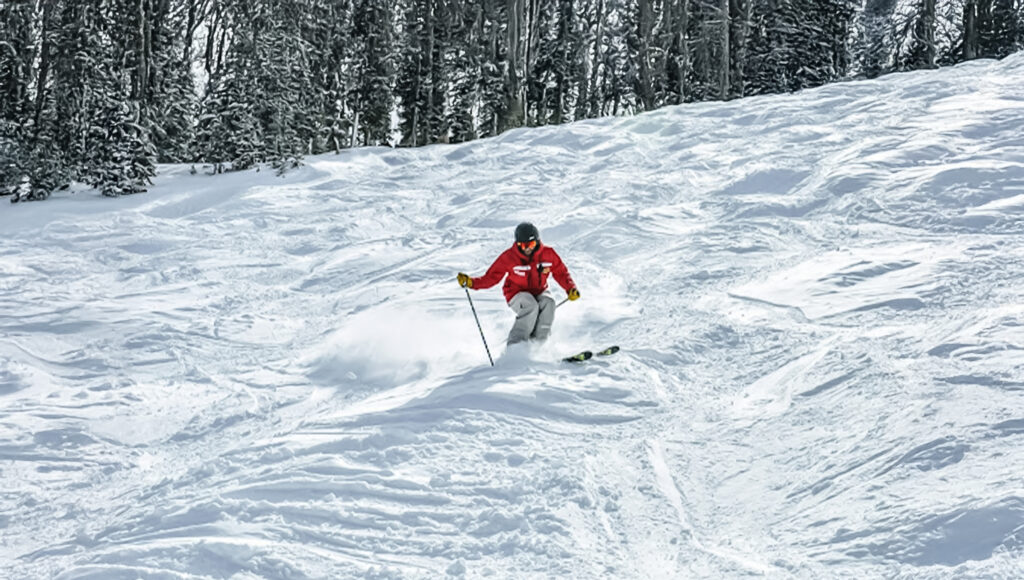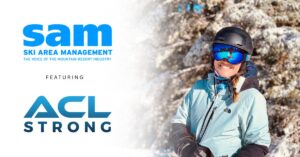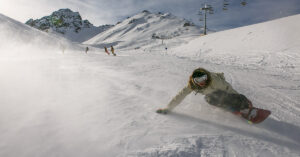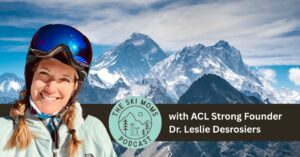When it comes to getting ready for ski season, most people think about getting stronger in the legs by doing more squats and lunges before hitting the slopes. But what if your strength isn’t the real problem?
What if your brain needs training just as much as your body?
It’s Not Just Physical — It’s Neurological
Skiing isn’t just a test of leg strength — it’s a test of your entire nervous system. As you’re sliding down a mountain, you are reacting to terrain changes, with distractions from wind, glare, bulky gear, and other skiers or riders zooming in and out of your peripheral vision— all while keeping your balance, controlling your speed, making precise turns, and making smart decisions. Your brain is flooded with sensory information while simultaneously coordinating and executing countless movements.
The constant connection between your senses, brain, and movement are crucial to making split-second adjustments. If your brain and body aren’t in sync, even strong muscles can’t save you from a mistake that leads to an injury.
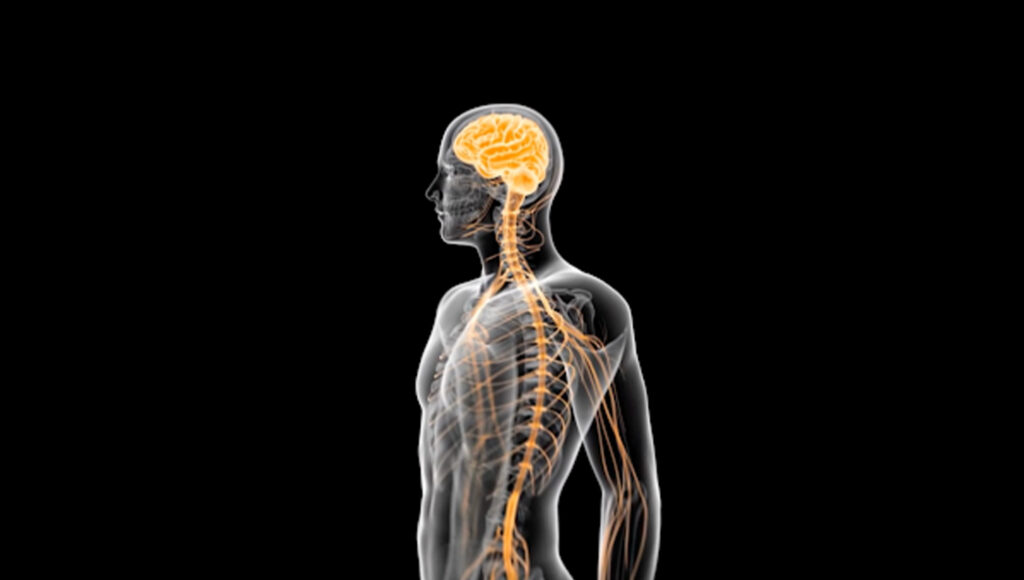
How an ACL Injury Changes Your Brain
After an ACL tear, your brain literally rewires how it controls your movement. You might not feel it, but your nervous system starts to rely more on your eyes and visual input — meaning you’re using more focus and brain power to do what used to feel automatic. Your reaction time will be delayed because of changes in the neurocognitive processing.
On snow, that’s risky. With limited visibility and unpredictable terrain, the nervous system can get overwhelmed — leading to poor reactions, slower responses, and a higher risk of re-injury.
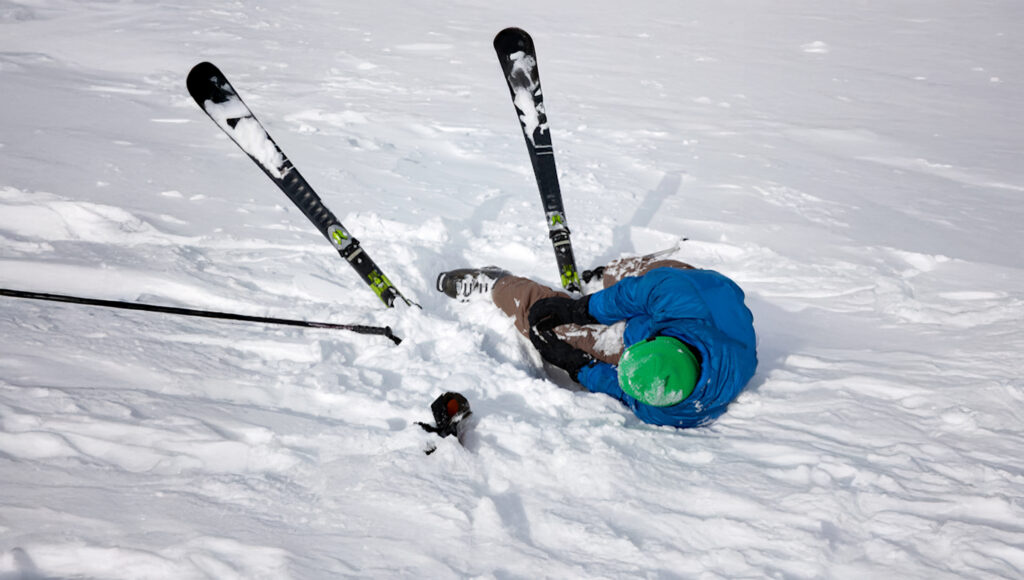
Why Typical Strength Tests Miss the Mark
Most “return-to-sport” or “readiness” tests focus on strength, symmetry, and simple movement control. Those are important, but they don’t tell the full story for snow skiers.
You can pass a single-leg hop test in the clinic, but still struggle to react fast enough when your skis catch an edge or the snow texture changes unexpectedly. Real skiing demands quick thinking, visual awareness, and body control — all at once.
That’s why training and testing that go beyond physical strength and include dual-task challenges are changing the game for snowsports athletes. These include exercises that combine movement and mental challenges, forcing your brain and body to work together under cognitive stress.
Training Your Brain for the Mountain
You can’t fully simulate skiing in a clinic or at home, but you can train the same systems your body relies on when you’re out there.

You can add distractions and reaction elements into your workouts:
- Perform balance or hopping drills while responding to random visual or auditory cues (lights, colors, or verbal commands).
- Use goggles or helmets during balance and agility drills to recreate the limited vision and altered sensation you experience on snow.
- Add unpredictable movement or reaction elements so your brain learns to respond quickly on the fly.
This variation in exercise teaches your brain and body to stay sharp under pressure — building the kind of stability and control you actually need on the mountain.
ACL Strong has a lot of great examples of these exercises built directly into the training progression. You can also add BlazePod at home for even more reaction time training.
Progress Gradually Back to Snow
A safe return to skiing after injury doesn’t happen overnight. It’s not about being “cleared” and immediately tackling black diamonds again.
Start with dry-land training with a program like ACL Strong. Then begin simple on-snow drills that focus on balance, control, and sensory awareness. As you rebuild confidence, you can layer in more complex challenges — like different snow textures, weight-shifting and stability drills, changes in speed or slope, and limited visibility.
The key is to progress gradually, giving your brain and body time to re-sync. The goal isn’t just to ski again; it’s to ski smarter, safer, and with more confidence than before.
The Bottom Line
Strength is important, but it’s only part of the equation.
To prevent injuries and perform your best, your training needs to target how your brain and body communicate and work together under the unique demands of skiing or snowboarding.
By improving your coordination, reaction time, and sensory awareness, you can ski or ride with more control — and reduce the risk of an(other) injury setting you back.
ACL Strong helps skiers prepare for the season with a smart, strategic progression — not just with strength, but with balance, stability, and brain-body control. Our step-by-step training builds resilience from the inside out, so you can stay strong, confident, and injury-free all winter long.
💪 Train smarter. Protect your knees. Enjoy the slopes longer.
Get Started Today with ACL Strong – Get Lifetime Access with one easy payment
